- Italy
- Things to do in Naples
- Mt. Vesuvius
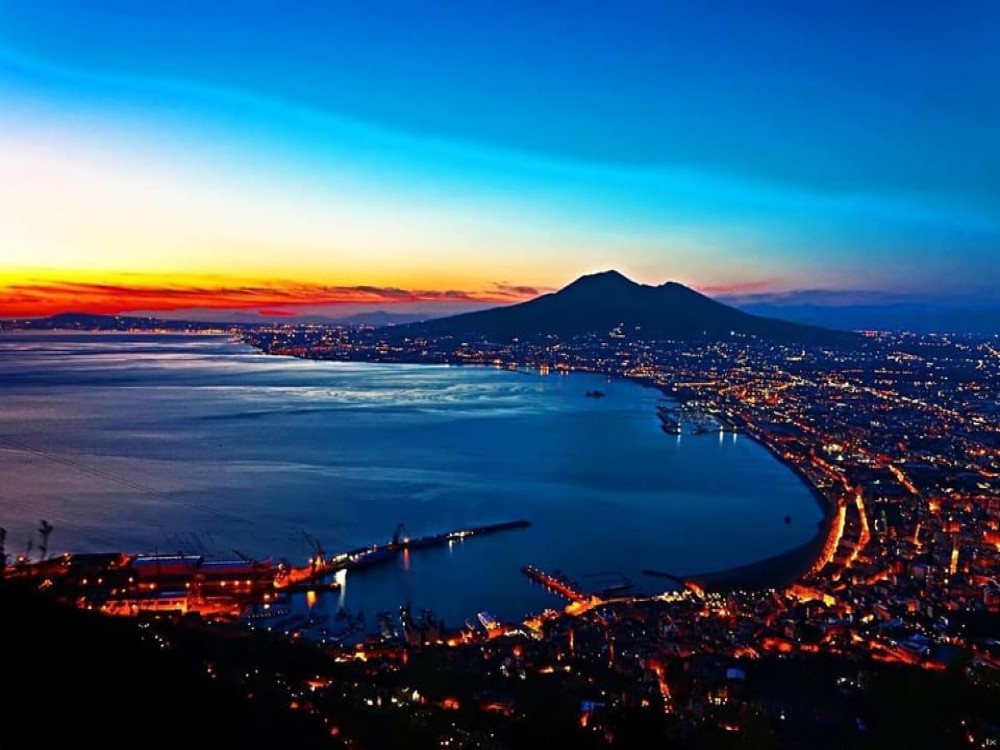
Mt. Vesuvius
Standing tall at 1,281 meters, Mount Vesuvius is one of the most famous and active volcanoes in the world, known for its eruption in 79 AD that buried the Roman cities of Pompeii and Herculaneum. From Naples, this iconic mountain offers not just history but an incredible panoramic view of the Bay of Naples and surrounding areas. Visitors can hike to the summit and peer into the crater, which is a thrilling experience for nature lovers and history buffs alike. Mt. Vesuvius is a must-see for anyone visiting the Naples region, as its blend of awe-inspiring natural beauty and historical significance makes it a captivating destination.
Mt. Vesuvius Tours & Excursions
The Basics
Mount Vesuvius is an active stratovolcano located about 9 km (5.5 miles) east of Naples, Italy. It is the only volcano on the European mainland to have erupted in the last century, with its most recent eruption occurring in 1944. The summit of the volcano provides a view of the crater, which is about 400 meters wide. The Vesuvius National Park offers hiking trails and educational signs detailing the volcano's history and the impact of its eruptions on the surrounding communities. The park is managed by the Italian government, ensuring safety and proper maintenance for visitors.
Things to Know Before You Go
Before embarking on your journey to Mt. Vesuvius, be sure to wear comfortable footwear, as the hike can be steep and rocky. The weather can vary, so it’s wise to bring a light jacket and sunscreen, especially in the warmer months. The entrance fee to the volcano’s summit is usually modest and includes a guided tour. Keep in mind that there are no food or water stations once you begin the hike, so be sure to pack water and snacks. Also, be cautious of the intense sun exposure, especially in summer. It’s essential to check the weather and volcanic activity reports before visiting for your safety.
How to Get There
Reaching Mt. Vesuvius from Naples is quite easy. From the city, you can take a Circumvesuviana train from Naples Central Station to the Pompeii Scavi station, where you'll find buses running to the summit during the tourist season. Alternatively, guided tours often provide transport directly from Naples, making the trip more convenient for those not wanting to navigate on their own. If you're driving, take the A3 motorway from Naples to the Vesuvius exit, where you'll follow signs to the parking area. From there, it's a short hike or shuttle ride to the summit.
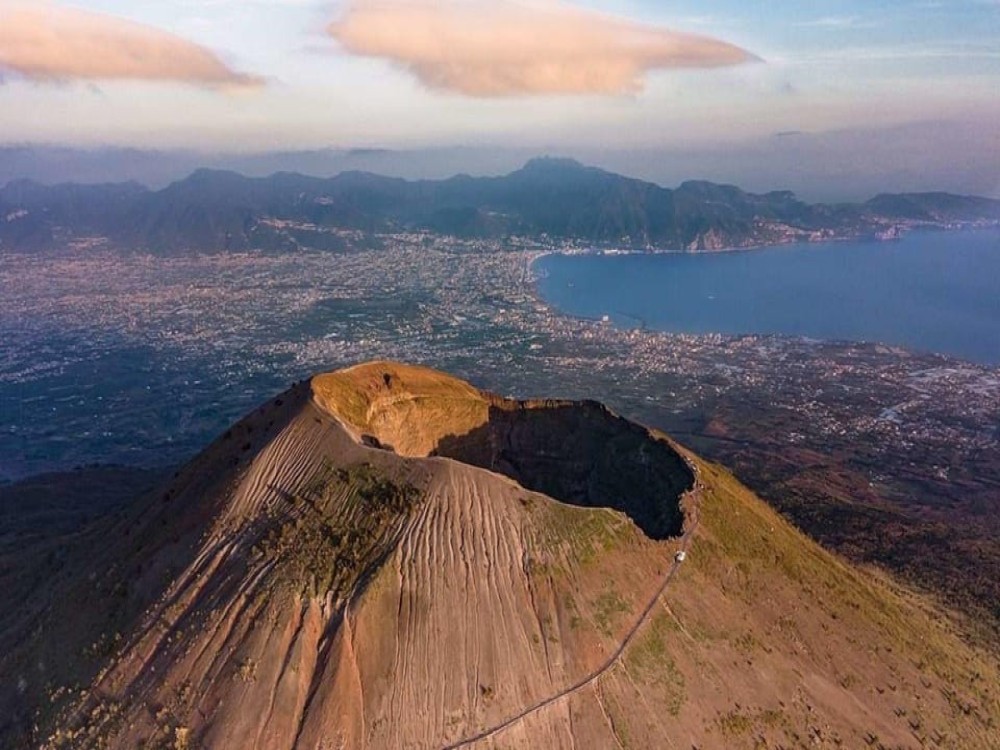
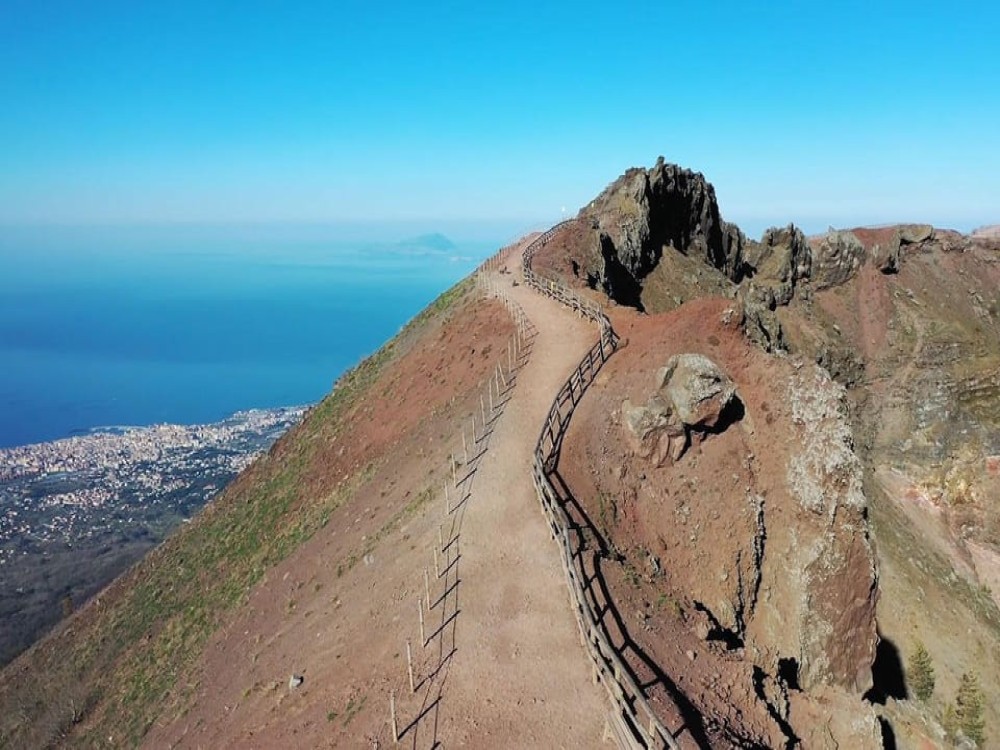
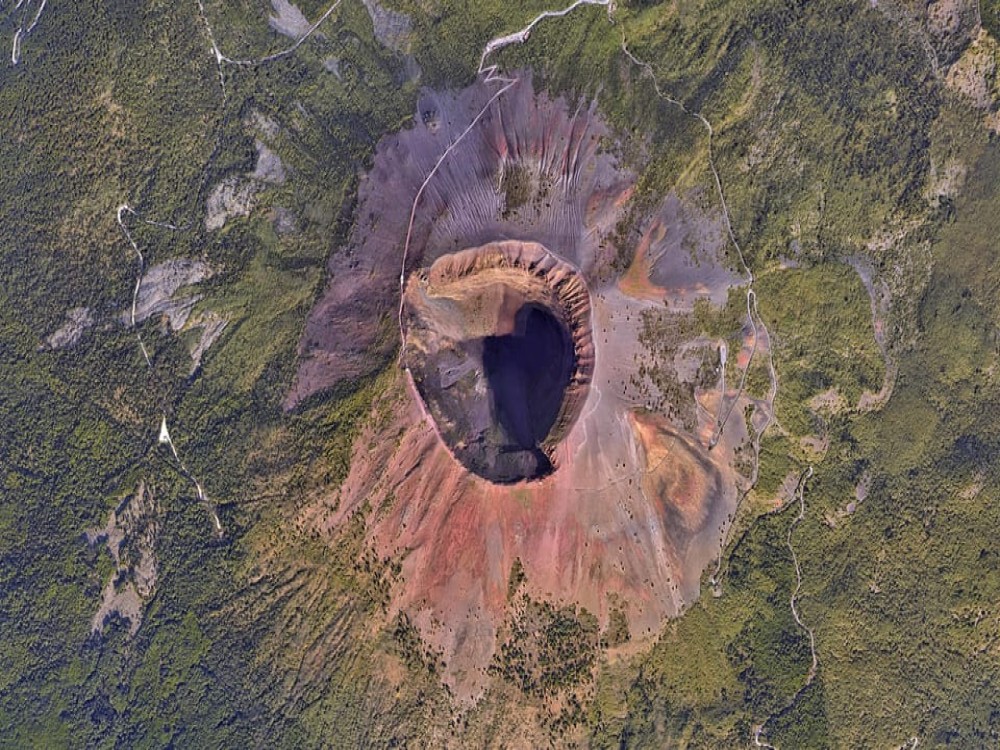
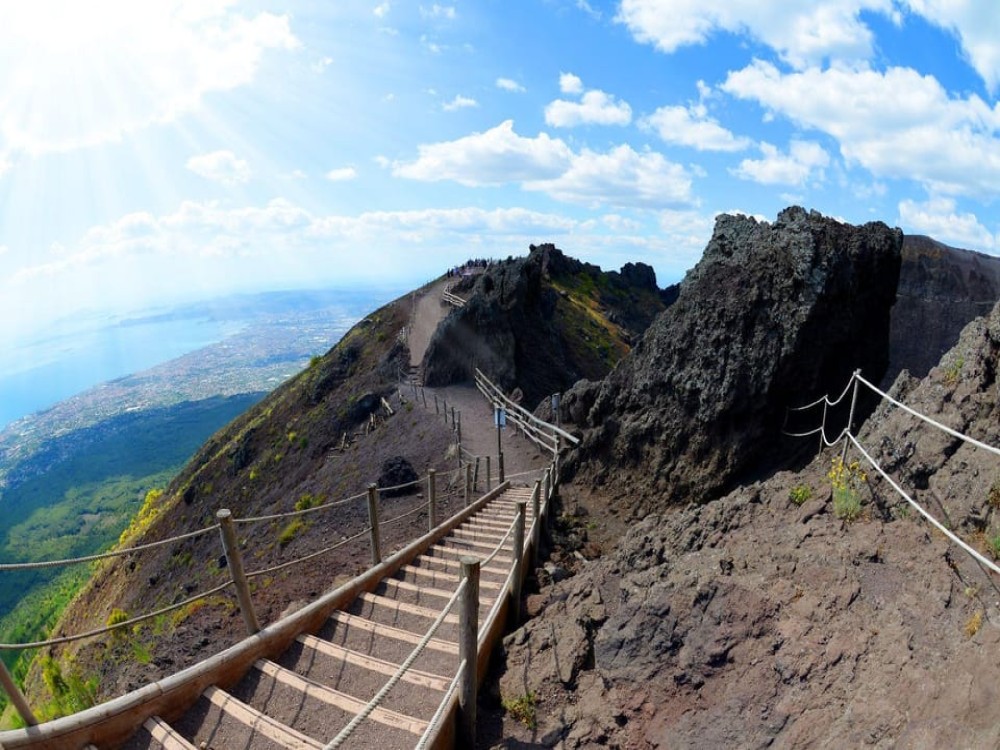
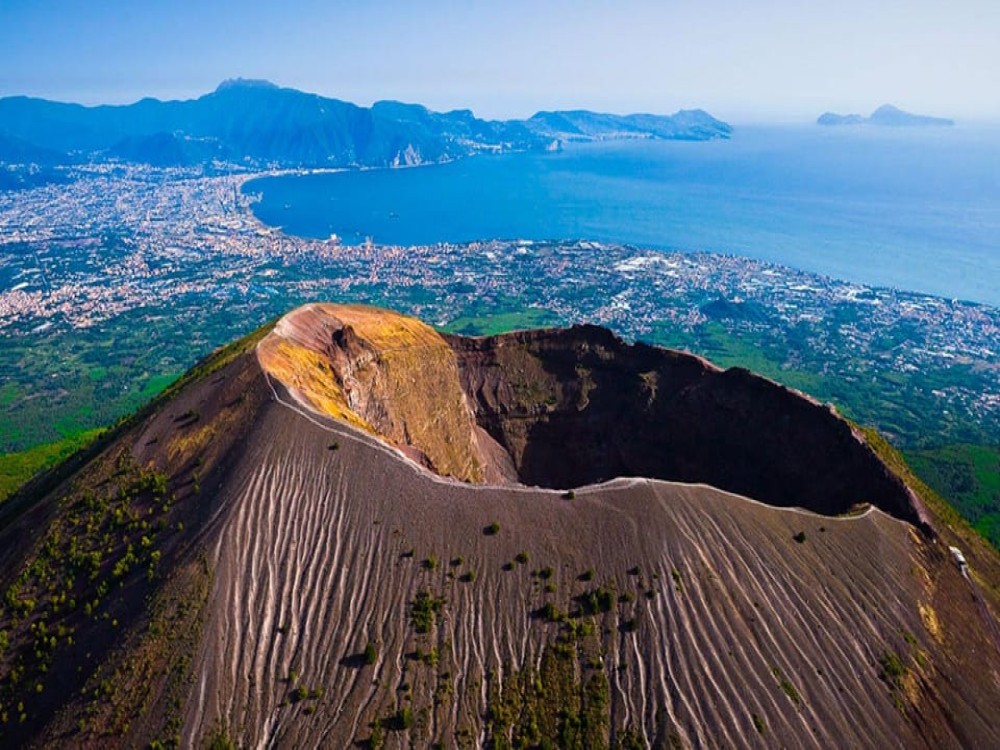

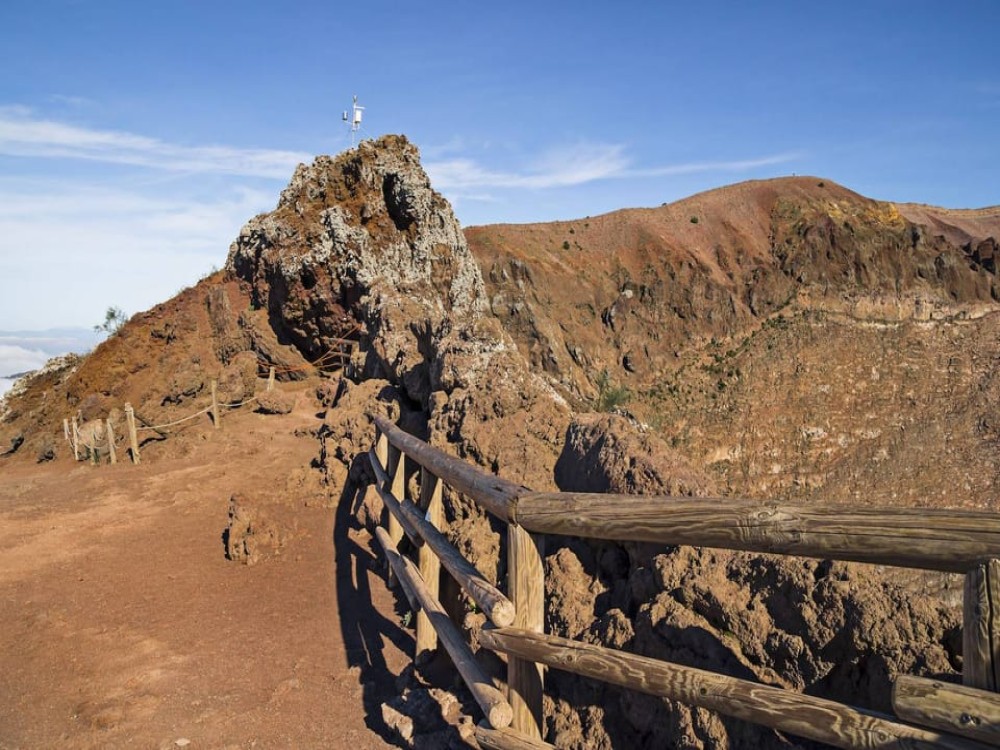
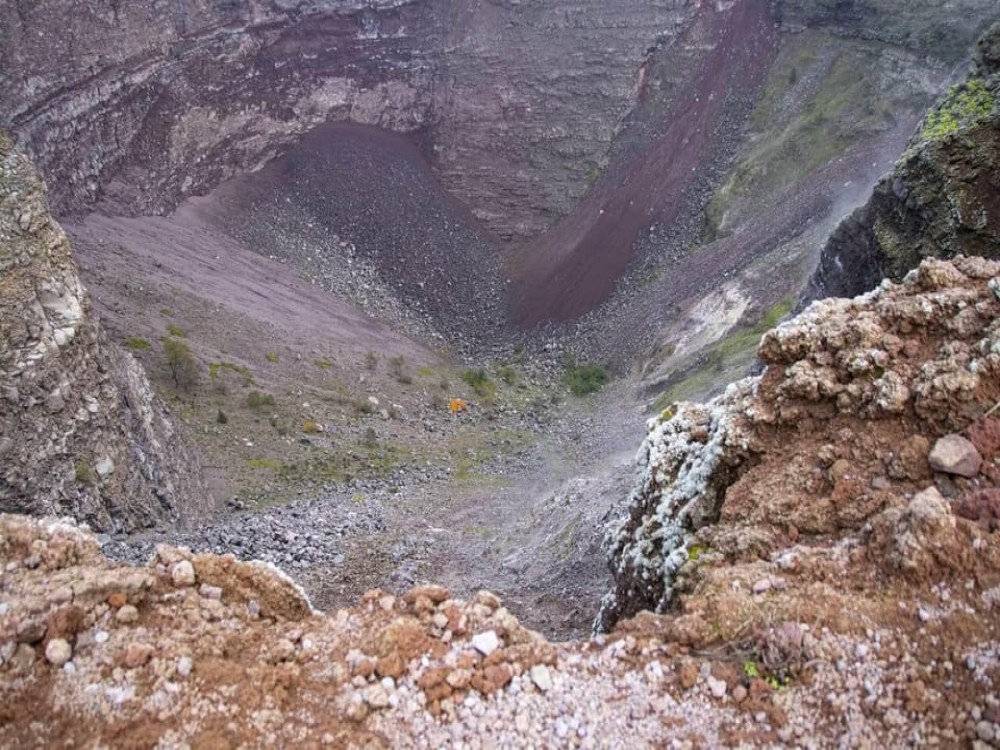
When to Get There
The best time to visit Mt. Vesuvius is in the spring (April to June) or fall (September to October), when the weather is mild and the trails are less crowded. Summer months can be hot and crowded, with temperatures sometimes reaching over 30°C (86°F), so be prepared for intense sun exposure. If you plan to visit during winter, be aware that the summit may be closed due to snow or dangerous weather conditions. Always check for up-to-date information about any closures or warnings before planning your trip.
Day Trips from Naples
For those staying in Naples, a visit to Mt. Vesuvius can easily be included in a day trip. Many tours combine a visit to the volcano with a stop at the ancient city of Pompeii, making for a full day of exploration. You’ll have time to explore the ruins of Pompeii before heading up to the volcano. Some tours even include a guide, who can provide insightful details about the eruption and its effects. A typical day trip lasts about 6–8 hours and provides an unforgettable experience, combining both natural beauty and historical intrigue.
Copyright © 2025 All Rights Reserved


